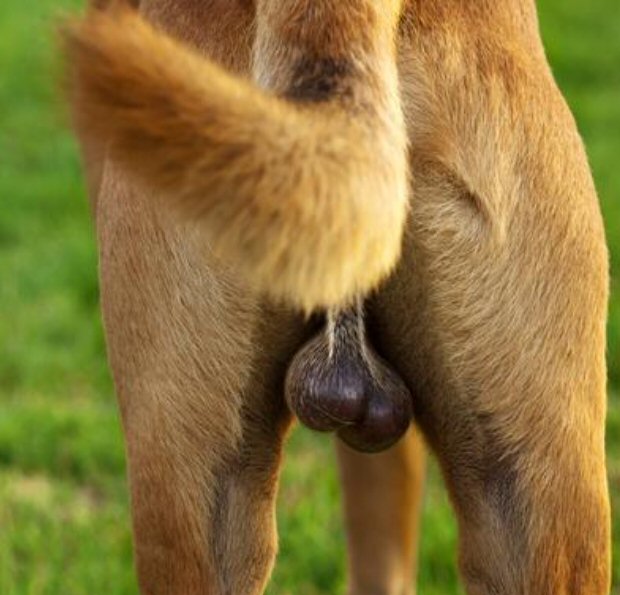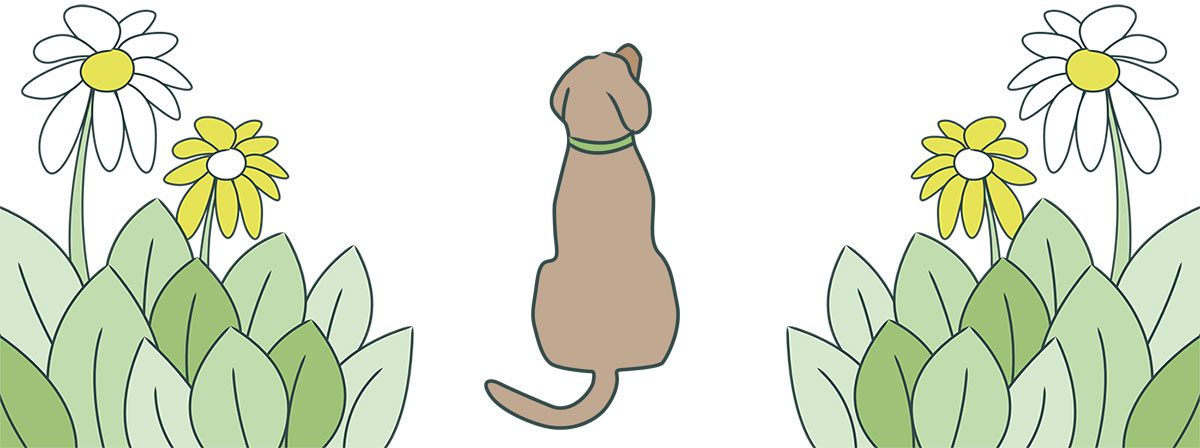In our last blog, we talked about World Spay Day and the pros and cons of spaying your female dog. But what about the boys?
What is Neutering?
‘Neutering’ or ‘sterilisation’ is the term commonly used to refer to the removal of an animal’s ability to produce young. In male dogs, this usually involves ‘castration’, which is the removal of the dog danglies or testicles, which produce sperm as well as testosterone and other hormones. In some countries, but rarely in the UK, ‘scrotal ablation’ is also performed at the same time- this means removing the scrotal tissue so that there is no ‘empty bag’. Much less common, but possible, is ‘vasectomy’, which involves the cutting out of a portion of the spermatic cord.
What are the Benefits of Castration in Dogs?

One of the major benefits of castration is at a population level- castration means that the dog is infertile and therefore there are fewer unwanted pregnancies. Given the number of unwanted dogs in rescues all over the UK and the rest of the world, breeding more (especially accidentally!) is usually best avoided.
To the individual dog and owner, however, there are also some benefits. Without testicles, testicular cancer is impossible, so castration prevents testicular cancers. The testicular hormones also influence the prostate, and removal of these hormones by castration reduces the risk of prostate problems. Some anal tumours are also mediated by hormones, so taking away the dog danglies can stop these tumours from happening.
There are some possible behaviour benefits, too. Intact males are prone to running away after females, so stopping the hormones driving this behaviour may result in a dog that is less likely to roam- and less likely to get injured as a result of roaming. Some dogs will have a reduction in aggression if they’re neutered- but not all.
What are the Risks of Castration in Dogs?
Castrating dogs can come with risks, which vary between individuals. One major risk is that some types of aggression, predominantly the nervous types, can be made worse by castration. And in fact, some dogs that are not aggressive can become aggressive after castration, as they mature. There is also some suggestion that testicular hormones are important in growth, and that early removal of these hormones (before puberty) can cause growth plate disruption, especially in large breeds, which mature so much later than other breeds.
What Age Should I Neuter my Dog?
This depends entirely on your dog’s breed and individual risks. However, we do know that the timing isn’t quite as critical as it is in females. For instance, the diseases that affect entire male dogs occur in older animals. And the risk of early growth plate closer and aggression usually affect younger animals.
This leaves a ‘golden window’ of 2-6 years at which point a male dog has the least risk and the most benefit from the procedure. Remember, though, that every dog is different- dogs neutered as young as 6 months often have no problems, and dogs neutered at 8 or 9 may be absolutely fine- it’s all dependent on the individual dog. As with everything, your regular vet is the best person to discuss this with if you have any questions about neutering age.
What are the Different Types of Neutering in Dogs?
As we mentioned earlier, there are a few different ways to neuter a dog.
Castration
Castration is the removal of the testicles, and is by far the most common procedure in the UK. Dogs are given an anaesthetic and placed on their backs. A single incision is usually made between the testicles and the penis, and both testicles are removed through this incision. Ligatures are tied to prevent bleeding, and the incision is closed. The removal of the dog danglies stops the production of sperm, although dogs can be fertile for a couple of weeks after the operation as old sperm moves through their system. Testicular hormones will also no longer be produced.
Vasectomy
Vasectomy is rarely performed in dogs. This involves removing a portion of the spermatic duct, therefore stopping the sperm from reaching the penis and rendering the dog sterile. However, it retains the testicular hormones. The problem with this method is that the hormones are responsible for the anal tumours and prostate problems, and if the testicles remain present they can still become cancerous. So although the dog is unable to reproduce, he doesn’t get any of the other benefits of neutering.
Inguinal or Abdominal Testicles
Sometimes testicles do not descend into the scrotum properly- they get ‘stuck’ or ‘retained’ somewhere between the kidney and the scrotum. It can happen to one or both testicles. These testicles should be removed, as they have a hugely increased risk of cancer. This is a heritable condition and affected dogs should not be bred from, meaning that the ‘normal’ testicle should be removed to make sure the defective gene isn’t passed on.
Scrotal Ablation
Scrotal ablation means removal of the scrotal sack. In the UK this is rarely performed, although it is more common in other countries. Most scrotums shrink and are barely noticeable once a dog has been castrated, but some people worry that it ‘looks funny’ and ask the vet to remove it at the time of castration. This is not usually recommended as it’s unnecessarily uncomfortable for the dog and is only performed for cosmetic reasons- many vets will refuse on the basis of it not being in the animal’s best interests.
The Bottom Line
On the whole, neutering appears to have many benefits for male dogs, just as with female dogs. But unlike female dogs, the timing is not quite so critical. As long as your dog is neutered before they become senior, they are likely to get the full benefit of the operation, so it makes sense to let them keep their dog danglies until they’re fully socially and mentally mature.

